Agricultural exports are under great pressure from the market and internal strength of the industry.
Data from the Vietnam Fruit and Vegetable Association shows that fruit and vegetable exports in 2024 will reach US$7.148 billion, up 28% year-on-year. However, the first five months of 2025 saw a notable decline, reaching only US$2.3 billion, down 13.5% year-on-year. This development raises many questions about the industry's ability to maintain sustainable growth.
According to Mr. Dang Phuc Nguyen, General Secretary of the Vietnam Fruit and Vegetable Association, although Vietnam's fruit and vegetable exports are now present in more than 80 countries, pressure from markets is increasing. Of which, China is still the largest market, accounting for 65%-70% of total turnover, but is shifting strongly to official imports with strict requirements on growing area codes, traceability and food safety standards.
Vietnam currently has more than 1.2 million hectares of fruit trees, with an annual output of about 12 million tons. Many businesses have invested in applying international standards such as GlobalGAP, VietGAP and promoting deep processing to increase added value. Along with that, 17 new-generation free trade agreements are opening up opportunities to access global markets with tariff incentives.
However, the industry is still facing many difficulties. Firstly, the high seasonality makes harvesting, transporting and consuming easily lead to congestion and price drops. Secondly, logistics costs are still high, which can account for up to 30% of the cost, while cold storage and cold transport infrastructure has not yet developed synchronously. In addition, post-harvest losses are still large, ranging from 20% to 40%.
In terms of quality, many products have not met the strict requirements of demanding markets such as the European Union (EU), the US, Japan and China regarding pesticide residues and traceability. Small-scale, fragmented production remains a major bottleneck. In addition, the ability to adapt to frequent changes in import regulations of importing countries is also a significant obstacle, especially for small and medium-sized enterprises.
The industry is also under great competitive pressure from countries that export agricultural products such as Thailand, the Philippines, Malaysia, India, Brazil, etc. Meanwhile, Vietnam's ability to market and build product brands is still weak. Most agricultural products are exported in raw form or through intermediaries.
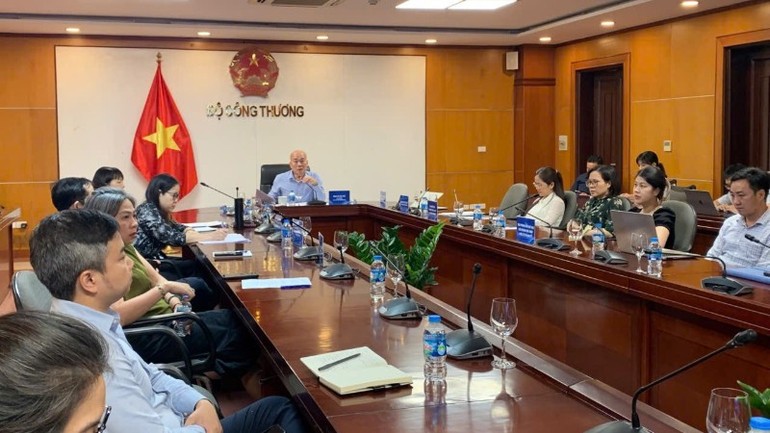
Accompanying to remove bottlenecks, creating momentum for agricultural products to go further
At the conference, representatives of businesses, authorities and localities shared many specific ideas and suggestions.
Mr. Nguyen Dinh Tung, General Director of Vina T&T Group, emphasized the promotion of typical products and building national brands.
Mr. Tung said that longan fruit exported to the US is being positively received by the market thanks to investment in packaging, quality and brand building.
At the conference, Ms. Ngo Thi Thu Hong, General Director of Ameii Vietnam Joint Stock Company, proposed that the Ministry of Industry and Trade promote negotiations to open the lychee market to Korea and speed up the establishment of an irradiation facility in Hanoi to reduce logistics costs for northern provinces.
Ms. Hong also suggested providing detailed information about the tastes of each market so that businesses can adjust their products accordingly.
From the perspective of State management, Mr. Nguyen Quang Hieu, Deputy Director of the Department of Crop Production and Plant Protection (Ministry of Agriculture and Environment) said that although durian exports have decreased sharply due to China's tightening control, the Chinese side has approved additional codes for growing areas and packaging facilities, showing positive signs. As for lychee, exports increased by 60% compared to the previous year and the application to open the Korean market has been submitted since 2024.
Notably, Mr. Hieu said there has been progress in proposing that Japan and South Korea transfer cargo supervision to Vietnam, helping to save costs and customs clearance time.
Local representative, Ms. Le Thi Hong Anh, Director of the Center for Investment, Trade and Tourism Promotion of Son La province, reflected on many difficulties in transport infrastructure, post-harvest processing and marketing capacity. She requested that the authorities support the organization of fairs abroad, provide funding, legal support and training for local businesses to access international markets more effectively.
Regarding the general direction, Mr. Dang Phuc Nguyen, General Secretary of the Vietnam Fruit and Vegetable Association, recommended that the Vietnam Trade Office system strengthen market research, update accurate information on technical barriers, import regulations and consumer tastes. Trade Office staff need to have in-depth expertise in the fruit and vegetable industry, and apply technology to improve the effectiveness of digital marketing.
For the authorities, Mr. Nguyen proposed two groups of solutions: in the short term, applying digital technology, prioritizing customs clearance of seasonal agricultural products; in the long term, improving product standards, investing in cold storage, logistics systems, deep processing and brand building. Organizing trade promotion associated with the season needs to be strengthened, while supporting businesses to participate in international fairs and developing modern distribution channels.
The conference organizers also recommended that businesses be more proactive in contacting the Trade Office for practical support. For durian, it is necessary to tighten control of growing areas to avoid 100% inspection of shipments at the border gate.
The Vietnamese fruit and vegetable industry is facing a great opportunity to reach the world level, but it is accompanied by a series of challenges that require concerted efforts. To achieve the goal of sustainable growth, it is necessary for the State, businesses and farmers to join hands in improving quality, complying with international standards, and making strategic investments in logistics and deep processing. It is not an easy path, but it is completely feasible if determined and committed.
Source: https://baolaocai.vn/mo-rong-thi-truong-cho-nong-san-viet-khong-the-chi-trong-cho-vao-mua-vu-post403953.html



![[Photo] Prime Minister Pham Minh Chinh chairs meeting to deploy overcoming consequences of storm No. 10](https://vphoto.vietnam.vn/thumb/1200x675/vietnam/resource/IMAGE/2025/10/3/544f420dcc844463898fcbef46247d16)
![[Infographic] Notable numbers after 3 months of "reorganizing the country"](https://vphoto.vietnam.vn/thumb/1200x675/vietnam/resource/IMAGE/2025/10/4/ce8bb72c722348e09e942d04f0dd9729)
![[Photo] Students of Binh Minh Primary School enjoy the full moon festival, receiving the joys of childhood](https://vphoto.vietnam.vn/thumb/1200x675/vietnam/resource/IMAGE/2025/10/3/8cf8abef22fe4471be400a818912cb85)


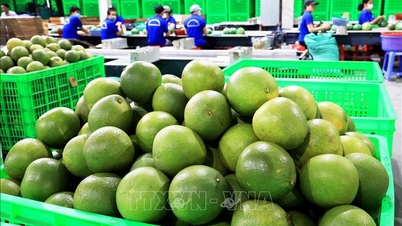















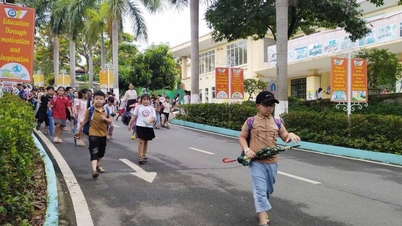

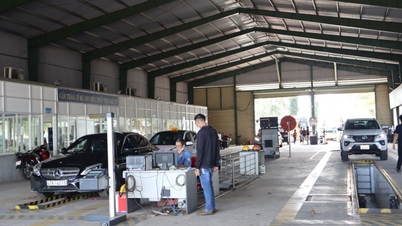

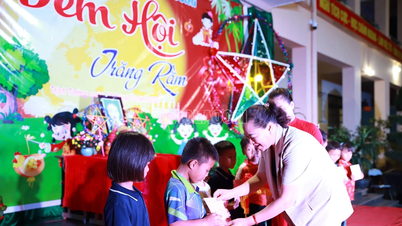




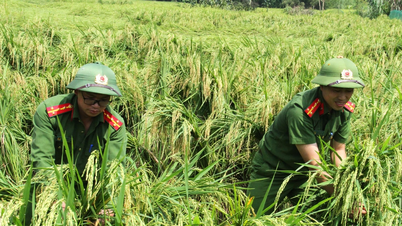


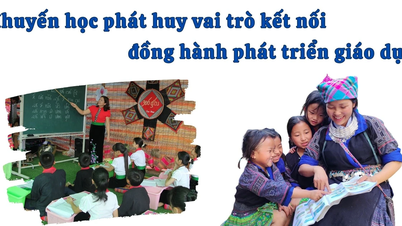

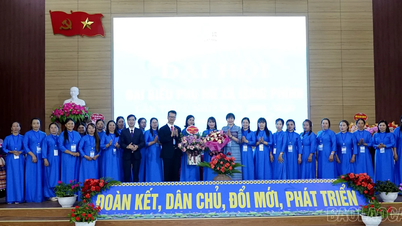

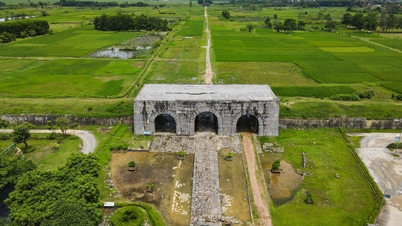






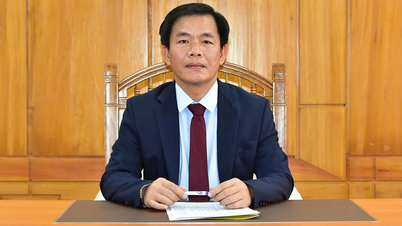







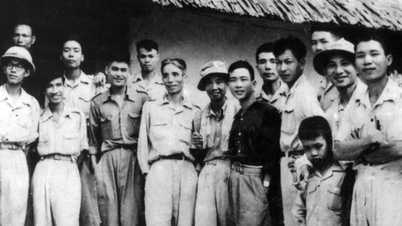



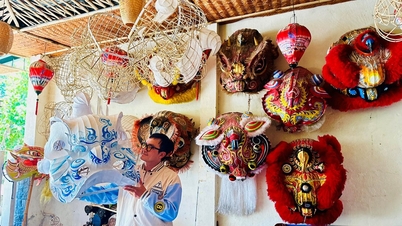

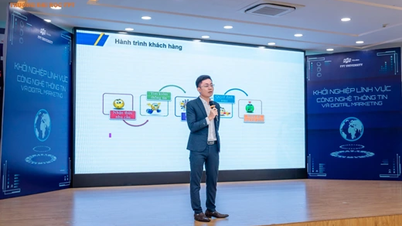

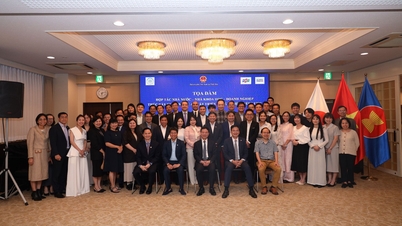



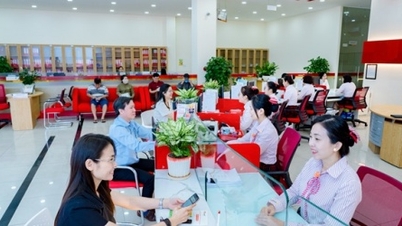

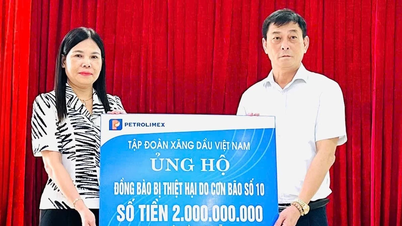

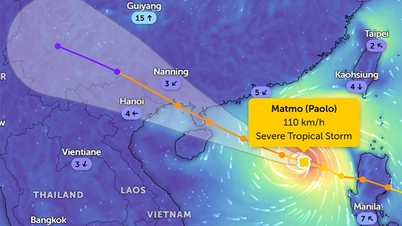


![[Infographic] Notable numbers after 3 months of "reorganizing the country"](https://vphoto.vietnam.vn/thumb/402x226/vietnam/resource/IMAGE/2025/10/4/ce8bb72c722348e09e942d04f0dd9729)



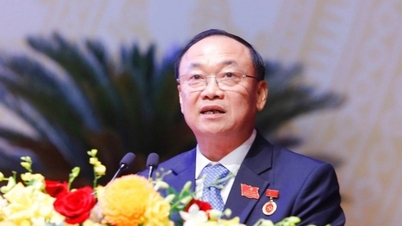







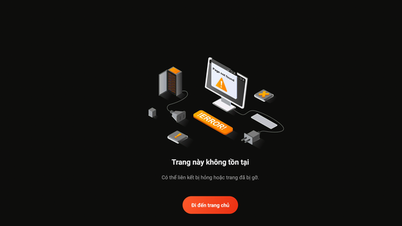

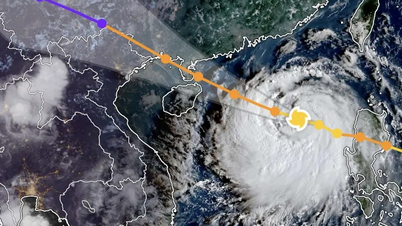


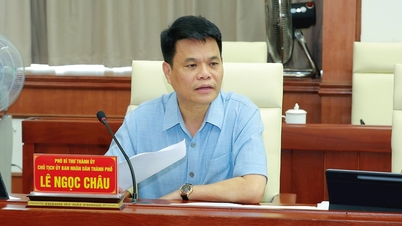




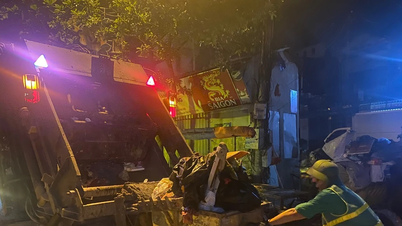
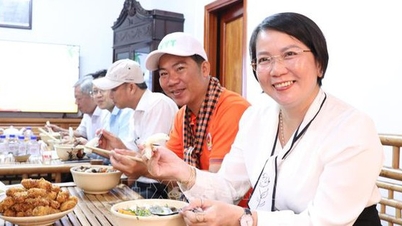










Comment (0)